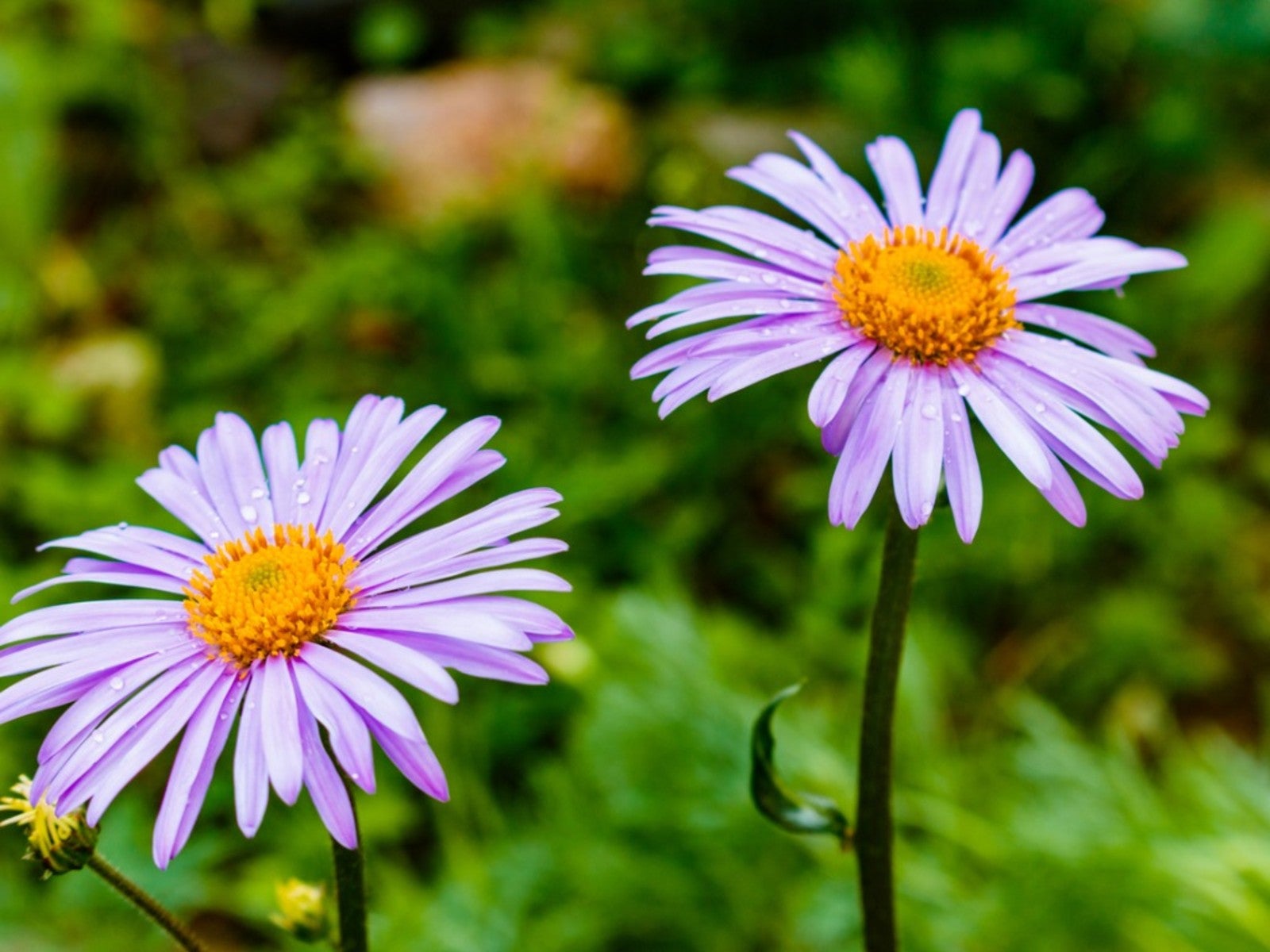What Is Aster Tongolensis - Aster Tongolensis Care


Asters are among the most versatile plants for the home landscape. While annual asters will bloom profusely in borders and in cut flower gardens each growing season, perennial species of aster are often overlooked.
These hardy and reliable plants can also serve as an integral part of the ornamental garden, naturalized landscapes, or even wildflower meadows. Due to their ability to attract and feed large numbers of pollinators, perennial asters are an especially popular choice for gardeners dedicated to creating habitat for bees and butterflies. While the options are nearly limitless, those who choose to grow a species called Aster tongolensis may especially want to understand the value of these perennials. But, what is Aster tongolensis?
What is Aster Tongolensis?
When researching another common name for the plant, East Indies aster, the info most frequently notes the abundance of tall flower stems which stand high above plant foliage. Reaching heights of roughly 24 inches (61 cm.) at bloom time, these plants are often used in short flower borders or rock gardens. The large 2 inch (5 cm.) flowers open with yellow centers and toothy, narrow petals. Bright bluish flowers first appear in early spring and continue into mid-summer. Their large hardiness range (USDA zones 4-8) also makes them an ideal candidate for growth in many regions with especially harsh winter conditions.
How to Grow Aster Tongolensis
If you’d like to grow the Aster tongolensis, you’ll first need to locate seeds or transplants. Though the plant itself may be difficult to find at local garden centers, seeds can be found at many reputable online retailers.
East Indies aster info regarding seed germination notes that the plant can be started indoors about 6-8 weeks before the last frost date in the garden. Once the asters have several true sets of leaves, they may then be hardened off and transplanted into the growing space.
Beyond planting, Aster tongolensis care is minimal. These low maintenance plants thrive in a wide range of soil conditions, including those which may be quite poor. Providing the aster with ample sunlight and consistent moisture throughout the season is key to its bloom and success.
Like many other aster species, it’s wise to consider potential issues related to fungal diseases such as powdery mildew.
Gardening tips, videos, info and more delivered right to your inbox!
Sign up for the Gardening Know How newsletter today and receive a free copy of our e-book "How to Grow Delicious Tomatoes".

Tonya Barnett has been gardening for 13 years. Flowers are her passion. She has transformed her backyard into a cut flower garden, which she regularly chronicles on her YouTube channel http://www.youtube.com/@tonyawiththeflowers.
-
 8 Perfect Flowers To Plant With Tomatoes To Boost Yields & Banish Pests
8 Perfect Flowers To Plant With Tomatoes To Boost Yields & Banish PestsDon’t forget flowers when choosing companion plants for your tomato beds or pots. These pretty, fragrant flowers add beauty but are also highly beneficial.
By Mary Ellen Ellis
-
 Want The Longest Lasting Hydrangea Flowers? Grow These 8 Panicle Hydrangea Varieties
Want The Longest Lasting Hydrangea Flowers? Grow These 8 Panicle Hydrangea VarietiesFor ornamental shrubs that deliver the longest flowering seasons with plush blooms and delicate hues, these panicle hydrangea varieties are essential in your yard
By Tonya Barnett